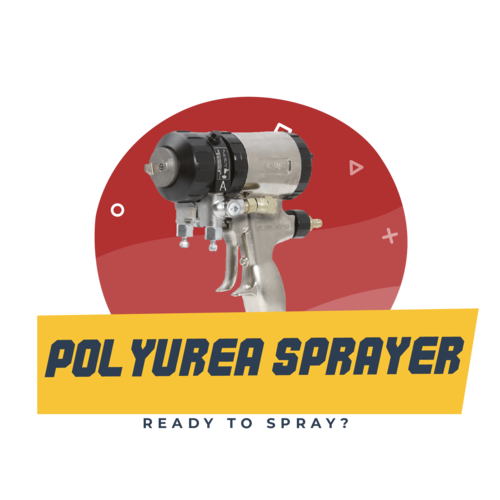Moisture causes iso crystals to form, blocking the drum, hose, and other components, ultimately destroying polyurea material and equipment. Stopping iso crystals before they form means preventing any moisture from settling into the drum.
The way you can prevent this is by attaching a desiccant air dryer to the drums. This device removes moisture from the air during pumping. It stops the moisture from causing iso crystals, ultimately clogging the filters and prematurely curing the material while it’s still inside the hoses.
The “A” component, while in the drum, will react with atoms in the air resulting in the formation of crystal-like skin structures. The “A” material should be sealed properly to limit the potential of these formations that, if allowed to form, will contaminate the liquid. Contamination may make the liquid impossible to process, requiring disposal and wasting of the product. Once the drum is opened, the air needed to replace the “A” material being removed should be dry. This is achieved by either low-pressure nitrogen being let in the drum as the material is displaced or filtered through a desiccant dryer.
 |
Pros & Cons of Desiccant Air Dryers
| Pros | Cons |
|---|---|
| Works in All Temperatures - Unlike other dryers that need all water vapor to become liquid, desiccant dryers work at any temperature. | Expensive - These dryers have a higher upfront cost than other types. |
| Simple - There’s no power supply needed and desiccant dryers are super simple to install and replace. | Can’t Handle Oil - If using silica gel, you need to ensure all oil is filtered out of the air – or else it can damage the beads. |
| Reusable - Unlike dryers with replaceable filters, desiccant materials can be dried out for reuse. (Beads can be ‘baked in the oven, and activated carbon replenishes itself.) | |
| Low Running Costs - With no power supply and nothing needing replaced, these dryers have practically no running cost. |
















No comments:
Post a Comment